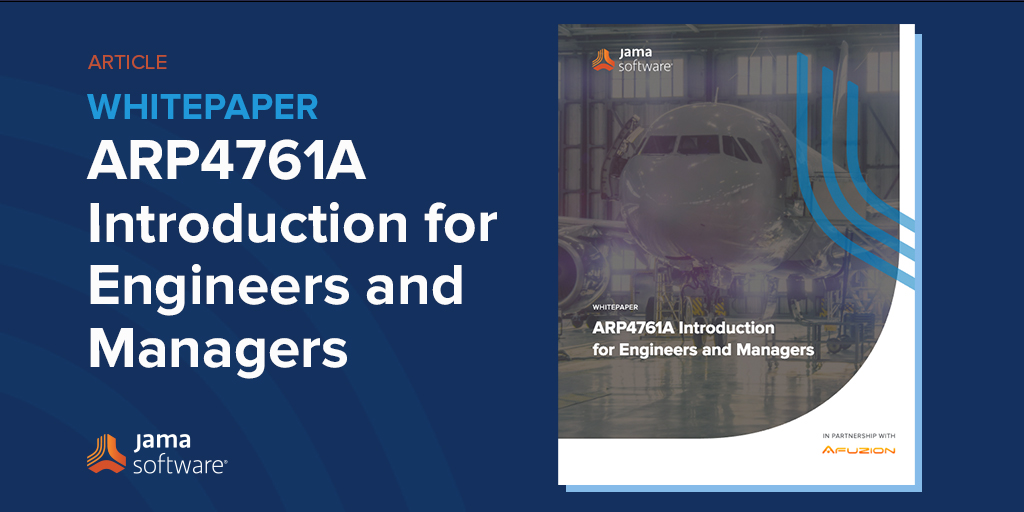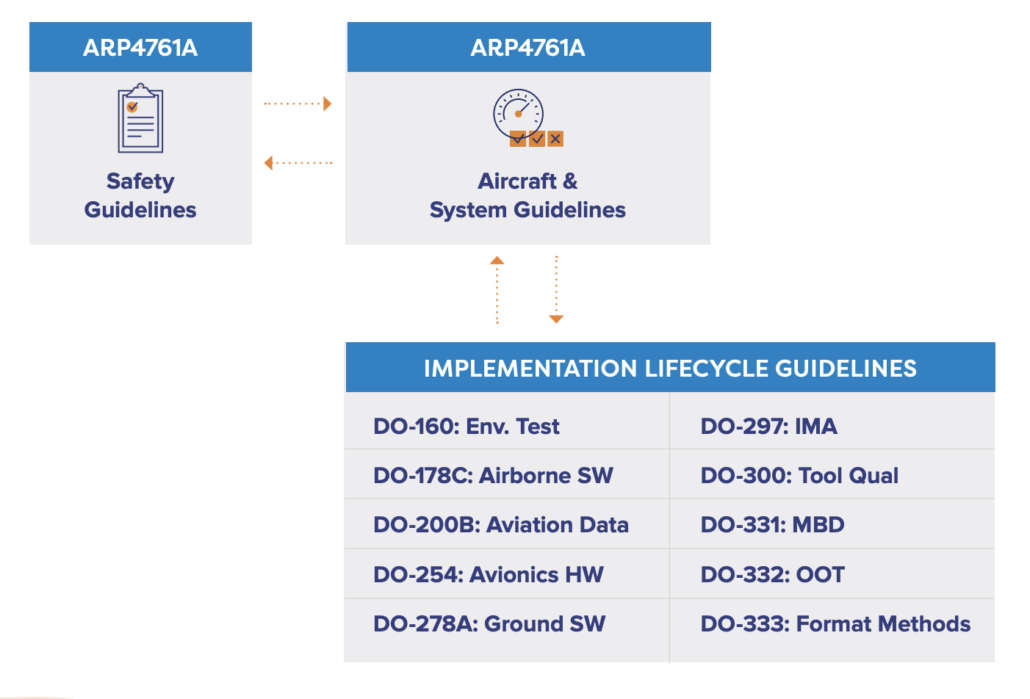Safety does not rely upon magic numbers but rather real answers. Likewise, safety is never an accident, but true safety should prevent accidents. The numbers “4754” and “4761” are not magic but are associated with safety. Safety and the numbers have evolved – the new answers for safety are found in 4754A and 4761A; specifically, SAE’s ARP4754A and ARP4761A.
ARP4761A Guidelines
ARP4761A is rather more than a guideline for aircraft safety. ARP4761A (formally issued in 2018) is officially titled “Guidelines and Methods for Conducting the Safety Assessment Process on Civil Airborne Systems and Equipment.”
In fact, ARP4761 is almost a tutorial on generalized safety and how to apply various theoretical analysis to assess ongoing development activities toward aircraft safety. Clearly, ARP4761A is tightly coupled with ARP4754A and lays the foundation for the most fundamental aspect of aircraft regulations: safety. Clearly, viewing the avionics development ecosystem, ARP4761A’s prominent place in the upper left conveys its importance:
RELATED POST: Aerospace Compliance: When Failure is Not An Option
The Safety Assessment Process
The safety assessment process is a vital aspect of aviation safety, and for avionics, ARP4761 provides the foundation.
Literally every aspect of aviation undergoes safety assessment to better understand potential risks, quantify them, and then prevent, detect, or mitigate them. Experienced aviation persons are truthful when stating the safety assessment process is perhaps the most important element of avionics development.
For avionics, the role of the safety assessment is to ensure the safety of the aircraft, its crew, and the occupants. Essentially, aircraft safety is optimized by performing careful analysis, architectural optimization, criticality level determination, component selection, architectural improvement, monitoring, and maintenance. Therefore, only by having a thorough safety assessment process can we ensure we have an architecture with additional safety-related requirements which address safety aspects.
The title of ARP4761 accurately justifies its importance within this fundamental process: “Guidelines and Methods for Conducting the Safety Assessment Process on Civil Airborne Systems & Equipment.”
To learn more about this important airborne systems safety standard, please download our full whitepaper here.

